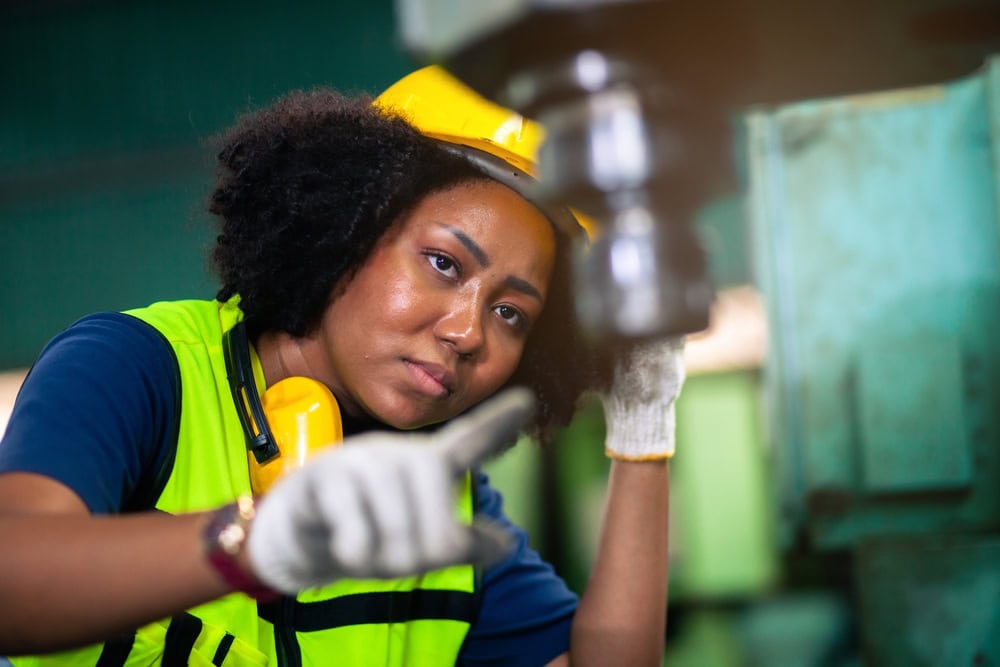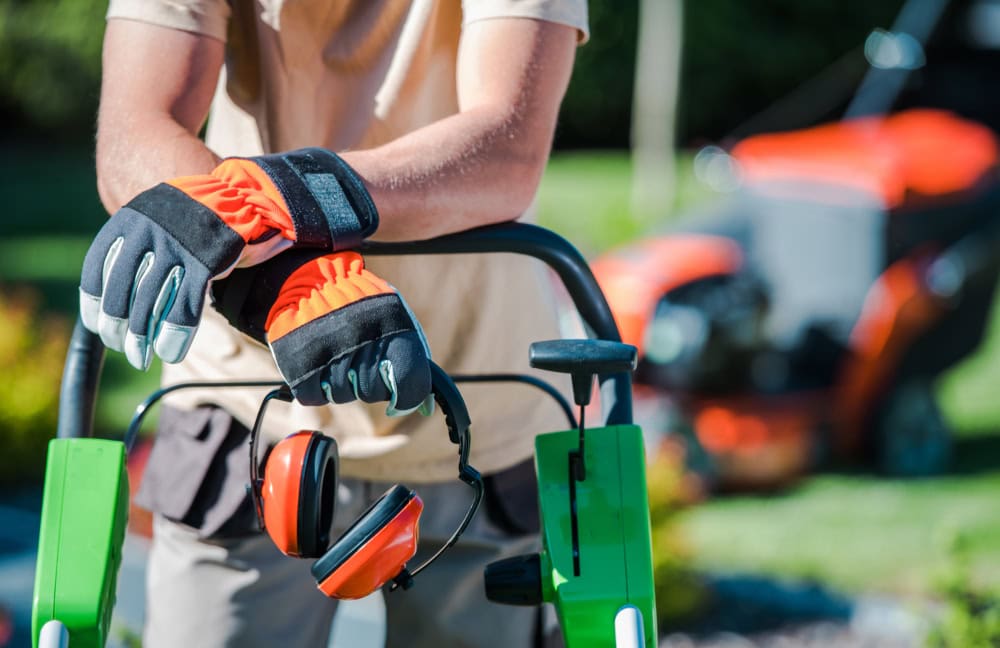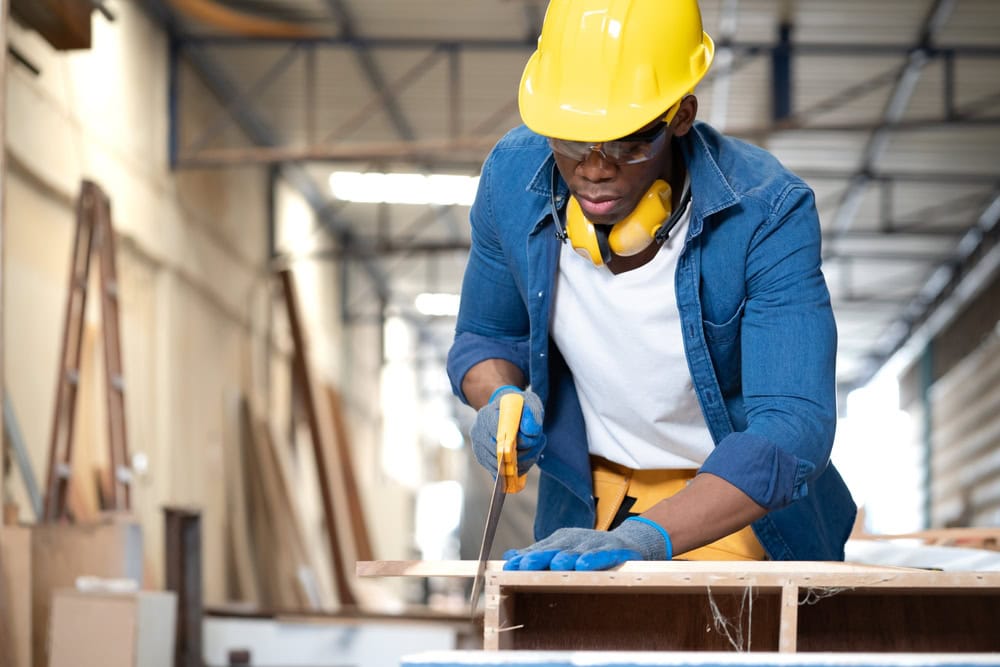Top 5 Changes to California Construction Laws in 2024
As we enter 2024, California has introduced several new laws that significantly impact the construction industry. These changes address various issues, from worker protection to environmental concerns. Here are the top five changes to California construction laws that contractors, builders, and industry professionals should be aware of this year. 1. Enhanced Workers’ Compensation Classification Starting … Read more










